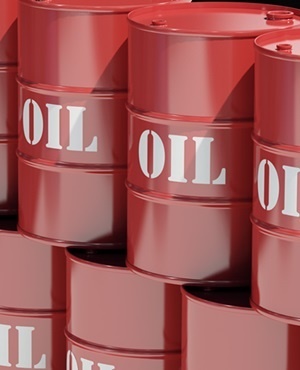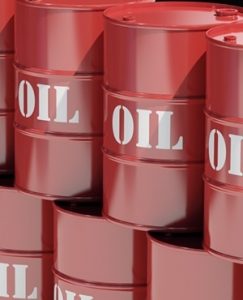
- By: News
- 0 comment
After 12 months of relative stability, oil prices were largely expected to plod along at $65 dollars a barrel and even lower in 2020.
But all that may have changed now that the spectre of war looms large following a US assassination of a top Iranian commander that has stoked tensions in the Middle East, pushing Brent crude oil prices past $70 a barrel on Monday.
If the upward trend were to continue, a period of relative petrol price stability would likely come to an end for beleaguered SA consumers, who are already taking strain in a slow domestic growth environment.
On Friday US President Trump announced that Iranian commander Qassem Soleimani had been killed in a US air strike in Iraq. Brent crude prices spiked from $67 a barrel past $69 a barrel on the day. On Monday, growing fears of a wider regional conflict saw the oil price move past $70 to its highest level in seven months.
Iran has vowed to avenge Soleimani’s death and said it had abandoned commitments it made in terms of a 2015 nuclear deal, but the US has threatened to attack 52 Iranian sites if the country retaliates. In Iraq, the parliament has voted to expel US troops from the country, indicating other parties are likely to be drawn into the dispute.
The oil price had in any case been moving towards $70 in the final month of 2019, supported by an imminent trade deal between the US and China as well as signals that an agreed production cut between Opec members would be extended into mid-2020.
Before Soleimani’s assassination, the consensus for 2020 oil prices was somewhat mixed, with a slight lean towards the downside. The US Energy Information Administration forecast had been for Brent spot prices to average $61 a barrel in 2020, down from a 2019 average of $64 a barrel because of forecast rising global oil inventories, particularly in the first half of the year.
But on Monday senior market analyst at Oanda Craig Erlam said the escalation in the Middle East has sent investors into defence mode. “Unfortunately, the rhetoric from all sides appears to be heating up rather than cooling and retaliation looks almost inevitable,” he said.
Erlam said that in coming weeks he expects to hear a lot more about the Strait of Hormuz, a strategically important choke point for global oil shipping that Iran may seek to disrupt as part of its retaliation.
However, director and chief economist at Econometrix Azar Jammine said the Brent crude price reaction hasn’t been all that severe as a result of changing oil market dynamics in recent years.
“As soon as oil prices rise too far, the US shale oil producers start making profits and they are able to quickly increase production from the US, which tends to neutralise the impact,” he said. “It’s a huge source of supply that never was there before and is acting as a stabiliser.”
In any case, a high oil price isn’t always bad news for consumers, Jammine noted.
In the last two months of 2019, the oil price rose on optimism that the world economy would benefit from a trade deal between the US and China. This same optimism drove investment into SA, which in turn caused the rand to strengthen, and this ultimately had a positive effect on the petrol price, Jammine said.
For example, on January 1 93- and 95-octane petrol dropped by 4c/l and 14c/l respectively because of a stronger rand, even though oil prices increased by more than $3 a barrel during the period under review.
Jammine said US-Iran tensions are, however, likely to be seen as negative for economic growth and, if they did push up oil prices, it would increase petrol prices in SA.
https://www.businesslive.co.za/bd/national/2020-01-06-petrol-price-hangs-in-the-balance-as-us-iran-tension-hots-up/



